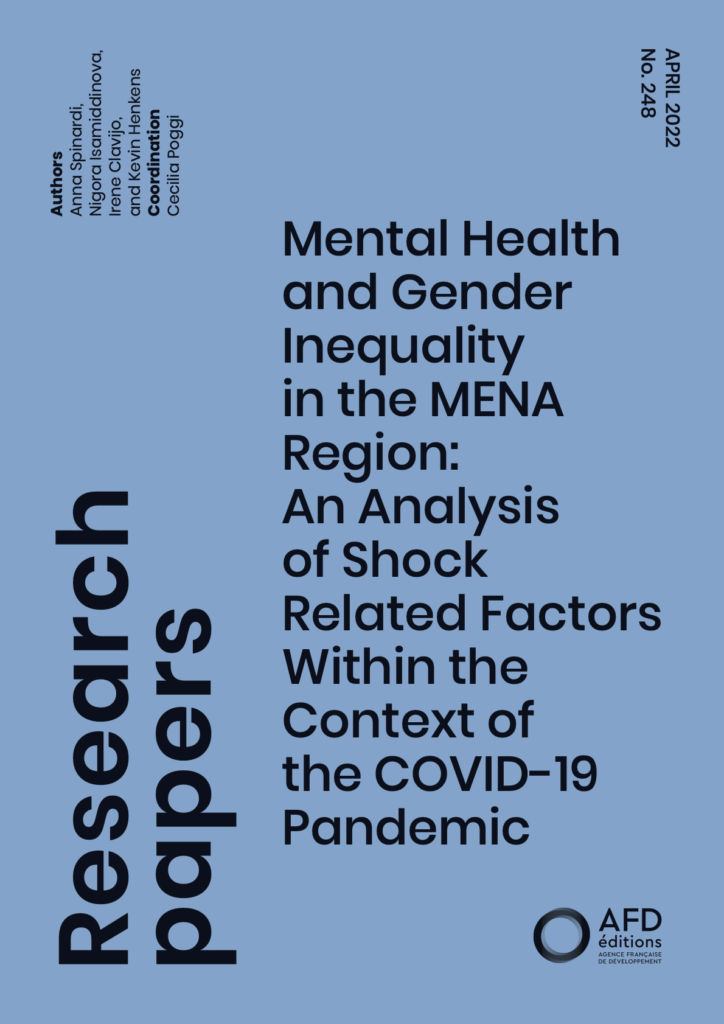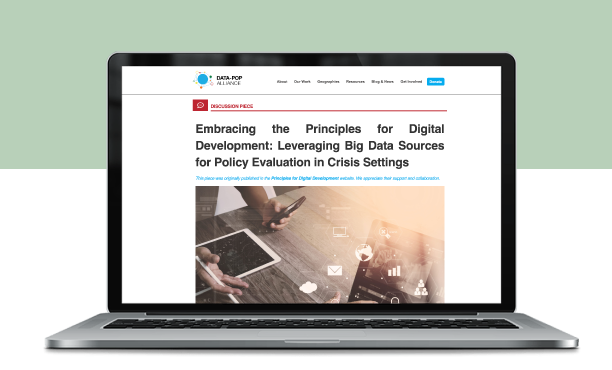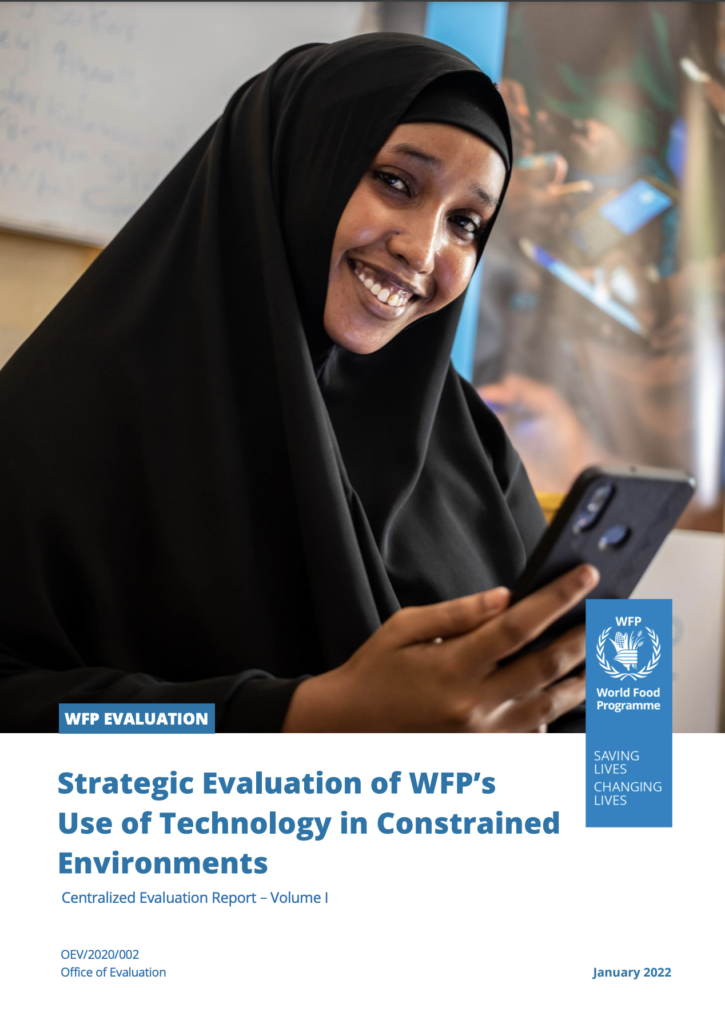Middle East and North Africa (MENA)
Overview
Projects

- Asia Pacific, Europe, Middle East and North Africa (MENA), North America
- July 2023 - September 2023
- P4 - Data Feminism
This project aims to provide the AI ecosystem, in particular the member States of the Global Partnership on AI (GPAI), with a framework including concrete tools and recommendations to ensure diversity and gender equality throughout the AI cycle based on existing guidelines, good local practices from around the world, international human rights and gender equality standards.

- Lebanon, Middle East and North Africa (MENA), Syria
- September - December 2020
- P5 - Geographies of Inequalities
In partnership with United Nations Economic and Social Commission for West Asia (UN ESCWA) and the Qatar Computer Research Institute (QCRI), this project aimed to understand the extent to which particular sets of non-traditional data sources — or crumb — and methodologies related to Artificial Intelligence can provide insights on the living conditions of Syrian Refugees and host communities in Lebanon. In particular, indicators related to human capital, poverty and demographics were explored. Data from the Central Administration of Statistics (CAS), UN agencies, telecom operators, social network data, amongst others, were used to shed light on the living conditions and interactions of Syrian refugees and local communities in Lebanon. Grounded in the Lebanese context, the project showed how these types of approaches may help national, international and local organizations develop better policies and programmes to meet these populations’ needs, while also providing pathways for them to weigh in on access to data about them.

- Egypt, Jordan, Middle East and North Africa (MENA), Morocco, Tunisia
- May 2021 - May 2022
- P3 - Resilient Livelihoods and Ecosystems
In partnership with the French Development Agency (AFD) and the Economic Research Forum (ERF), DPA produced a research paper investigating the potential associations between the socioeconomic impacts of COVID-19 on the gendered mental health inequalities in the MENA region. The study adopted a mixed-methods approach, based on a thorough literature review, and the analysis of quantitative data via the application of the Oaxaca-Blinder (OB) decomposition model. The results of this study were used to produce a policy paper with targeted recommendations to mitigate the impacts of the pandemic on women’s mental health, as well as to improve their social and economic well-being.

- Jordan, Lebanon, Middle East and North Africa (MENA)
- July 2020 - May 2021
- P3 - Resilient Livelihoods and Ecosystems
Following an initial collaboration with UN ESCWA for the assessment “Leveraging Behavioral and Humanitarian Data Sources to Analyze the Development Challenges Faced by Syrian Refugees and Host Communities in Lebanon”, this project focused on utilizing non-traditional Big Data sources, such as social media and Google search data, to provide timely insights in crisis settings on key topics (economic indicators, access to food, sentiments around specific policies, etc). The DPA team collaborated closely with the Central Administration of Statistics (CAS) of Lebanon and the Department of Statistics (DoS) of Jordan and held several trainings and workshops around the project output.

- Botswana, Europe, Middle East and North Africa (MENA), South Asia
- January - June 2018
- P2 - AI and Statistics for the SDGs
In partnership with the United Nations Development Programme (UNDP), DPA provided support to the Europe and Central Asia Regional Hub in Istanbul in the project “Measuring the Unmeasured” to contribute to SDG measurement and achievement. The effective use of data for public policy is of critical importance to the UN in its efforts to strengthen evidence-based programming and policy development; in particular, generating, analyzing, presenting, and using data is vital to global and regional efforts to monitor and promote the Sustainable Development Goals (SDGs). Our project aims were: scoping, developing, and testing different methods for measuring Tier III indicators of high SDGs priorities for 11 countries in Arab States, Europe & Central Asia, and Asia Pacific; with the main goal of utilizing this information into policy responses.

- Bangladesh, Iraq, Jordan, Middle East and North Africa (MENA), Niger, South Sudan, Sub-Saharan Africa (SSA), the Democratic Republic of the Congo
- September 2020 - February 2022
- P1 - Just Digital Transformations
This evaluation, developed in collaboration with ADE, looked at the extent to which WFP has effectively and efficiently deployed the most appropriate Information and Communication Technologies (ICTs), and how, why and under which conditions the use of technologies has contributed to management and program objectives. The team designed a mixed methods approach consistent with WFP’s proposed analytical framework and outlined the factors affecting technological innovation and diffusion. In addition, six case studies were conducted in Jordan, Niger, Iraq, South Sudan, the Democratic Republic of the Congo, and Bangladesh.
